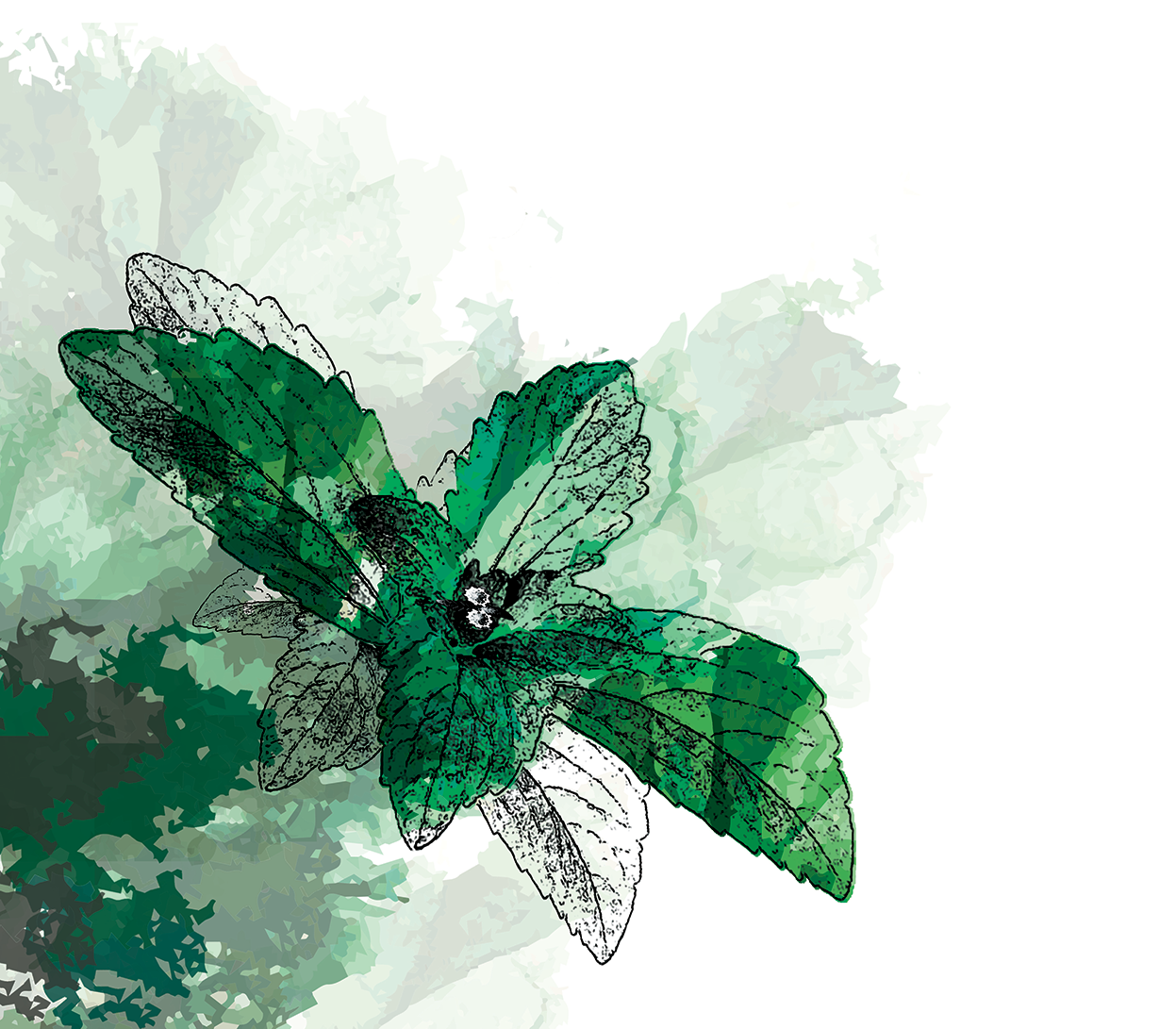Stevia Extract

Origin:
Stevia
STEVIA HISTORY
Stevia rebaudiana has been used for more than 1500 years by the Guaraní people of Brazil and Paraguay, who called it ka’a he’ê (“sweet herb”), to sweeten the local yerba mate tea.
In 1899, swiss botanist Moisés Santiago Bertoni received a crushed sample of the plant and was the first to bring it the attention of the scientific community under the name Eupatorium rebaudianum.
A few years later in 1905, Moises Santiago Bertoni was able to classify it into the correct genus Stevia thanks to new samples.
In 1931, two French chemists isolated the glycosides that give Stevia its sweet taste. These compounds were named stevioside and rebaudioside, and are 250–300 times sweeter than sucrose (ordinary table sugar), heat stable, pH stable, and non-fermentable.
In the early 1970s, the Japanese began cultivating Stevia as an alternative to artificial sweeteners and in 1977, they started producing Stevia sweeteners commercially. Today, Stevia accounts for 40 percent of the Japanese sweetener market, making Japan the largest consumer of Stevia.
In 1980, Brazil approved Stevia products.
In 1985, Jining city of Shandong province became the world’s largest Stevia planting area in the world following initial cultivation trials initiated in China back in the 70’s.
In December 2008, the US FDA gave the long-awaited green light for Reb A, the sweetener made from the Stevia leaf, to be used in food and beverages – opening the flood gates for new product launches.
In November 2011, the European Commission formally adopted the regulation which allows the use of steviol glycosides as a sweetener for foods and beverages in the 27 EU member states.
STEVIA AND BGG
BGG was founded in 1995. We began to commercialize high purity Stevia extracts in 2009. Today, BGG is a completely vertically-integrated producer of Stevia-derived products and a premier bulk supplier of highly-purified Steviol glycosides that can then be used for a multitude of consumer product applications. With current production levels over 1000 tons per year, BGG has become a leader in this exciting new market based on devotion to our three guiding principles:
RESEARCH
Development of Stevia varieties with an established network of growers to target specific Steviol glycosides and ensure constant quality profiles; Development of cost effective extraction and enzymatic conversion processes that meet customer sensorial and physical specifications.
CULTIVATION
Cultivation of Stevia plants on our own land or land that has been contracted long-term to ensure the utmost quality, reliable supply and cost control. Cultivation is done at multiple locations to further guarantee product availability.
EXTRACTION
Proprietary cost-effective process that enables optimal separation of steviol glycosides (e.g. reb A, reb D) at 99% purity in a state-of-the-art facility.
These statements have not been evaluated by the Food and Drug Administration. This product is not intended to diagnose, treat, cure, or prevent any disease.
